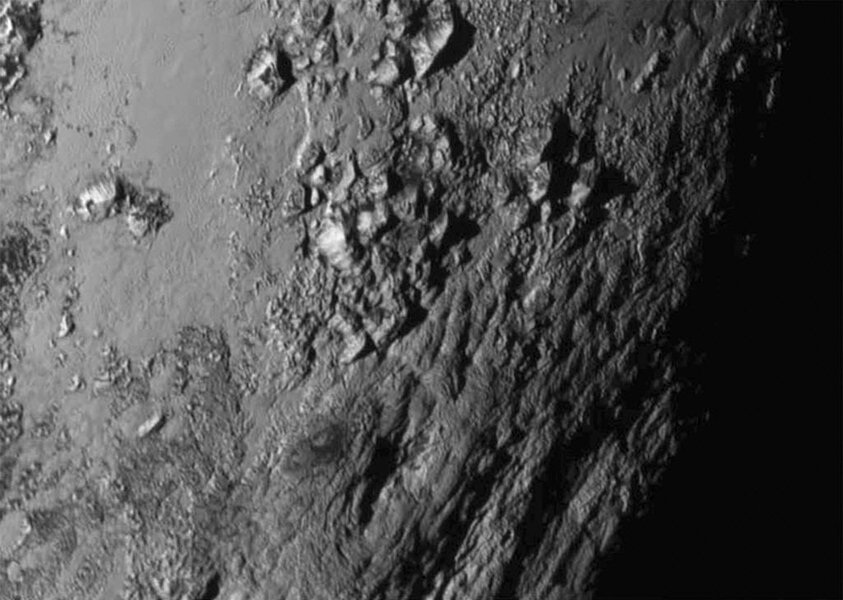To infinity and beyond? What comes after Pluto
Loading...
Now that New Horizons’s nine-and-a-half year journey toward Pluto is complete, the work for scientists back on earth has just begun. But what comes next for the NASA spacecraft – a victory lap, or a life of quiet exile?
It all depends on funding, for now. Principal investigator Alan Stern has said he and his team are hoping to secure a grant to extend the mission. But eventually, New Horizons will be sent out to pasture in deep space.
Dr. Stern told Scientific American that New Horizons has the potential to run through the "mid to late 2030s," meaning that getting closer to Pluto than any spacecraft in history may be only one page in a long story of accomplishments.
"We've found two small objects, each roughly 50 kilometers across, for a potential post-Pluto flyby in 2019," Stern said, though the piano-sized spacecraft will only be able to visit one of the two, since they are each about a billion miles away from Pluto, in opposite directions.
"These are ancient, primordial building blocks of the Kuiper Belt planets," he explained, "and we could see them up close!"
The Kuiper Belt, a thick field of comet nuclei and icy bodies orbiting the sun far beyond the planets, includes "a few very exotic, very diverse small planets," said Stern.
"We’re curious about our place in the universe, and here’s a chance to understand the third region of the solar system, the Kuiper Belt objects, because those are probably the origins of planets," NASA spokesman Randii Wessen told McClatchy.
Eventually, New Horizons will follow its predecessors, two Pioneer and two Voyager spacecraft, on a path out of the solar system.
Pioneer 10 and 11 and Voyager 1 and 2 were all launched in the 1970s. Now, the Pioneers are "dead," but still heading out beyond the sun’s gravitational pull, Mr. Wessen said.
NASA gave the Pioneer missions "enough speed that the pull of the sun is going to slow them up," he said, "but it won’t stop them from their departure from the solar system. So they’re just going to glide, dead, leaving our star forever."
Voyager 1 and 2, the two slightly younger NASA missions, still transmit about 16 hours of data to NASA each day. Voyager 1 escaped the solar system in August 2012 and is now traveling through interstellar space. At 12 billion miles away, it is the farthest spacecraft from the sun, and the only one in interstellar space.
Both Voyagers are running out of power, says Wessen. "We’re slowly turning off things to reduce the electrical demand, so the power we do have is used for the critical systems."
When NASA first launched these spacecraft, they had to think ahead, not only anticipating their decades-long scientific missions, but also what – or whom – the vehicles might encounter.
The Voyagers, the Pioneers, and New Horizons all contain information and messages in case the vehicles reach intelligent beings, such as drawings of human figures, the ashes of the scientist who discovered Pluto, an American flag, and recordings of music and sounds that "symbolize mankind."
But that contact, if possible, is still a long way off, noted Wessen. Voyager 1 is some 72,000 years away from the nearest star.
"We're not even out of the driveway. We’re just starting to put our little toe out into the cosmic seas to see what’s out there," he said, adding, "I think it’s more likely that we’ll be able to fish these spacecraft out of the drink and bring them back than that they would be intercepted by some alien system."








